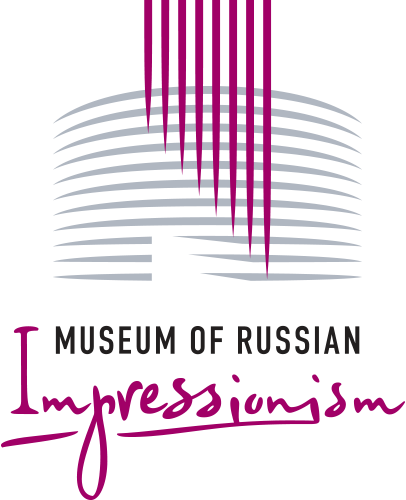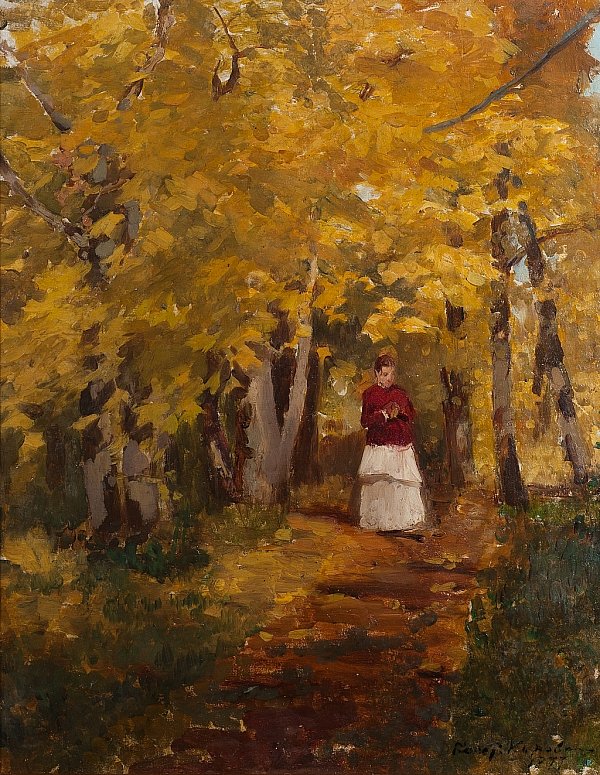Konstantin Korovin
05.12.1861 - 11.09.1939
“It is impossible to relate all the eccentricities of this sweetest, funniest fellow,” Feodor Chaliapin would write about his friend, Konstantin Korovin. “But to understand the entire complexity, so to speak, of the artistic chaos in his so-called household, it was enough to just look inside his suitcase at any moment of his life – whether today, five, ten or twenty years ago. The things it combined were amazing –a half-open tin of sardines with an old dried sardine in a corner, violin and cello strings, a fishing rod, all kinds of paint in tubes or lumps, a pair of stockings, glasses, mysterious boot heels, old newspapers, fragments of paper with patchy notes, gum arabic or sindetikon, a dried cornflower, a can of dried-out worms... And god forbid anyone so much as even accidentally displace those sardines or worms! Konstantin would get agitated and shout: — Don’t you bring chaos to my life!” This is, perhaps, one of the most vivid and subtlest portrayals of Konstantin Korovin – a cheerful extravagant man, subject to frequent mood changes. He was often called a decadent for his neglect of traditional, classic approaches to painting. He was a graduate of the Moscow School of Painting, Sculpture and Architecture, and student of the great Alexei Savrasov and Vasily Polenov. Korovin first encountered Impressionism during his trip to Paris in 1887, although by that time he already formed an idea about it thanks to his teachers. In the early 1900s, the famous Russian merchant and patron of the arts, Savva Mamontov, invited the young Korovin to his Moscow Private Opera. The artist recalled that evening in his memoirs: “They performed ‘Faust’. I’ve never seen artists performing up close, and today I stood right behind the curtain, where Mamontov directed me, while singing on the stage right in front of me was the amazingly handsome Antonio Andrade in a blue manteau and a hat with a feather. Above my head, workers were holding a lamp with blue moonish light, and bathing in that light almost motionless stood the beautiful Italian, holding his hands to his heart and singing towards the back of the stage. Korovin worked as a stage designer at the Bolshoi and Mariinsky theatres in Moscow and St. Petersburg, as well as at La Scala Opera in Milan. He even became a consultant on camouflage security for Russian army headquarters during the First World War. In 1922, the artist emigrated to Paris on the advice of Anatoly Lunacharsky (the writer, critic and art historian who would become the future People’s Commissar of Enlightenment, an equivalent to today’s Minister of Education and Arts). In France Korovin revealed yet another talent, as a storyteller. Memories of the crystal-clear Volga River and the vast meadows of his beloved Okhotino, his impressions of Moscow theatrical performances, and the artist’s famous contemporaries all vividly unfolded on the pages of the memoirs.




